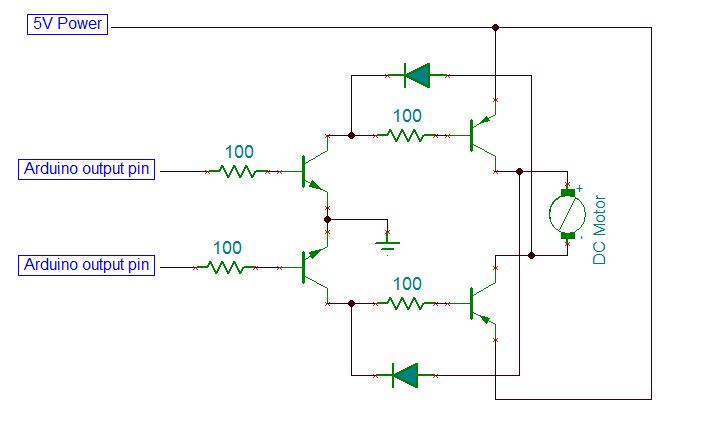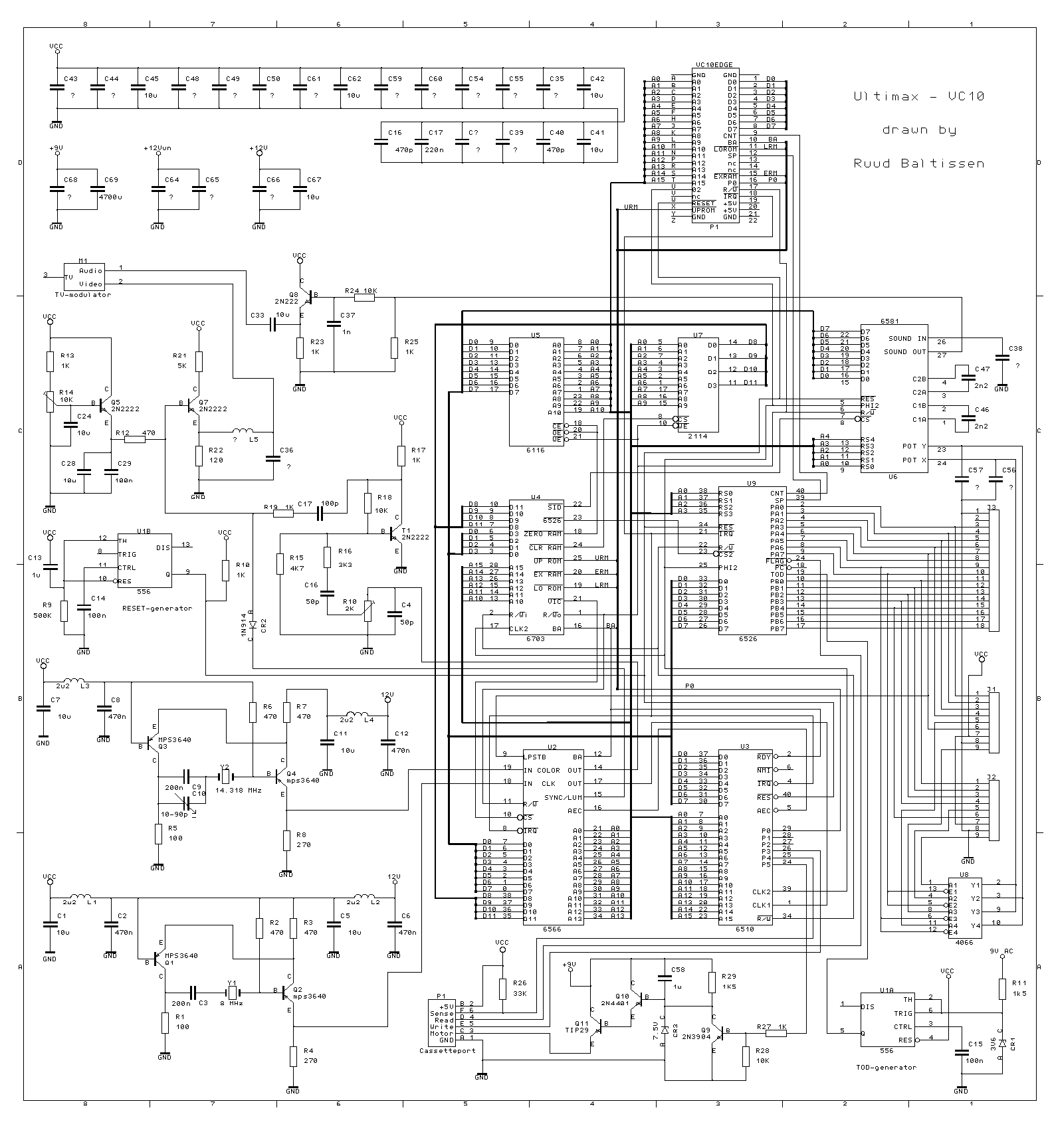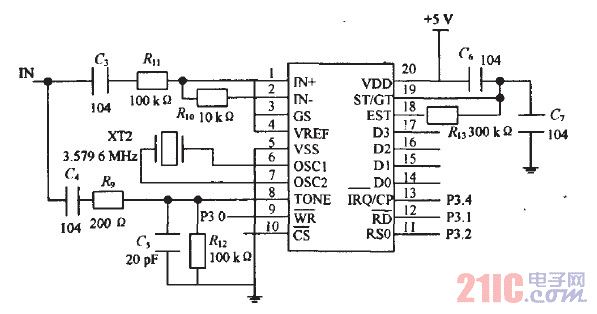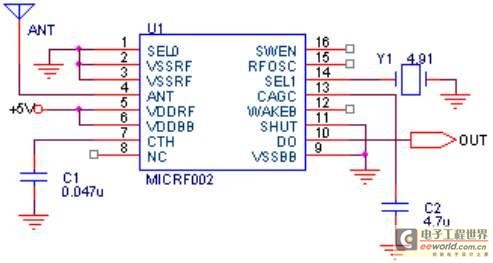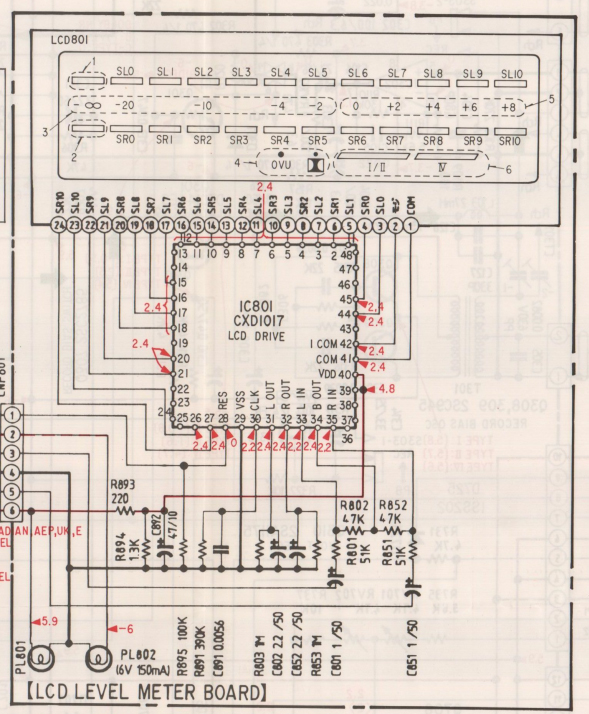
computer vic20
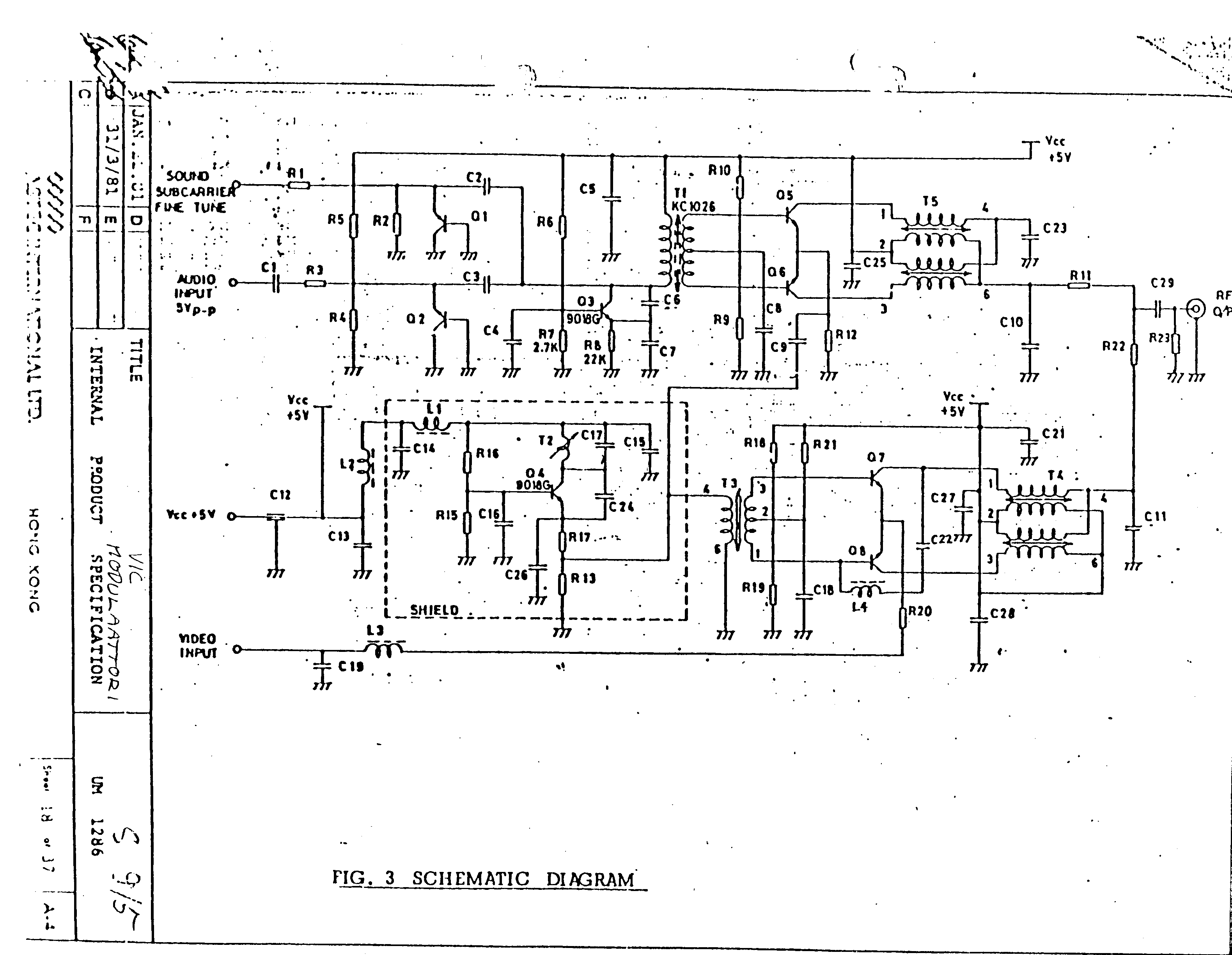
VIC-20CR rev. D (NTSC, new design). Assembly number 251027-01. The PAL model operates at a crystal frequency of 4.433618 MHz and includes an additional 56pF capacitor on the solder side of the board, connected in parallel with R5.
The VIC-20CR rev. D is a variant of the VIC-20 series, specifically designed for NTSC television standards. The assembly number 251027-01 indicates a specific iteration of the board layout and component placement. The PAL model's crystal frequency of 4.433618 MHz is crucial for synchronizing the video output to the television's refresh rate, ensuring compatibility with PAL systems.
In this design, the presence of a 56pF capacitor on the solder side of the board, soldered in parallel with resistor R5, serves a specific purpose. This capacitor is likely involved in filtering or stabilizing the signal, which is essential for maintaining the integrity of the video output. The choice of capacitor value and its placement in the circuit suggests that it plays a role in managing the timing or frequency characteristics of the circuit, potentially aiding in reducing noise or improving the overall performance of the video signal.
The VIC-20CR rev. D circuit design would include various other components such as resistors, capacitors, and integrated circuits that work together to produce the desired functionality. Understanding the layout and interconnections of these components is critical for troubleshooting and optimizing the performance of the system. The careful selection of components, including the specific crystal frequency and additional capacitors, reflects the engineering considerations necessary for achieving reliable operation in consumer electronics.VIC-20CR rev. D (NTSC, new design). Assy number 251027-01. The PAL model has a crystal frequency of 4433618 Hz, and there is an extra 56pF capacitor on the solder side of the board, soldered parallel to R5. 🔗 External reference
The VIC-20CR rev. D is a variant of the VIC-20 series, specifically designed for NTSC television standards. The assembly number 251027-01 indicates a specific iteration of the board layout and component placement. The PAL model's crystal frequency of 4.433618 MHz is crucial for synchronizing the video output to the television's refresh rate, ensuring compatibility with PAL systems.
In this design, the presence of a 56pF capacitor on the solder side of the board, soldered in parallel with resistor R5, serves a specific purpose. This capacitor is likely involved in filtering or stabilizing the signal, which is essential for maintaining the integrity of the video output. The choice of capacitor value and its placement in the circuit suggests that it plays a role in managing the timing or frequency characteristics of the circuit, potentially aiding in reducing noise or improving the overall performance of the video signal.
The VIC-20CR rev. D circuit design would include various other components such as resistors, capacitors, and integrated circuits that work together to produce the desired functionality. Understanding the layout and interconnections of these components is critical for troubleshooting and optimizing the performance of the system. The careful selection of components, including the specific crystal frequency and additional capacitors, reflects the engineering considerations necessary for achieving reliable operation in consumer electronics.VIC-20CR rev. D (NTSC, new design). Assy number 251027-01. The PAL model has a crystal frequency of 4433618 Hz, and there is an extra 56pF capacitor on the solder side of the board, soldered parallel to R5. 🔗 External reference

